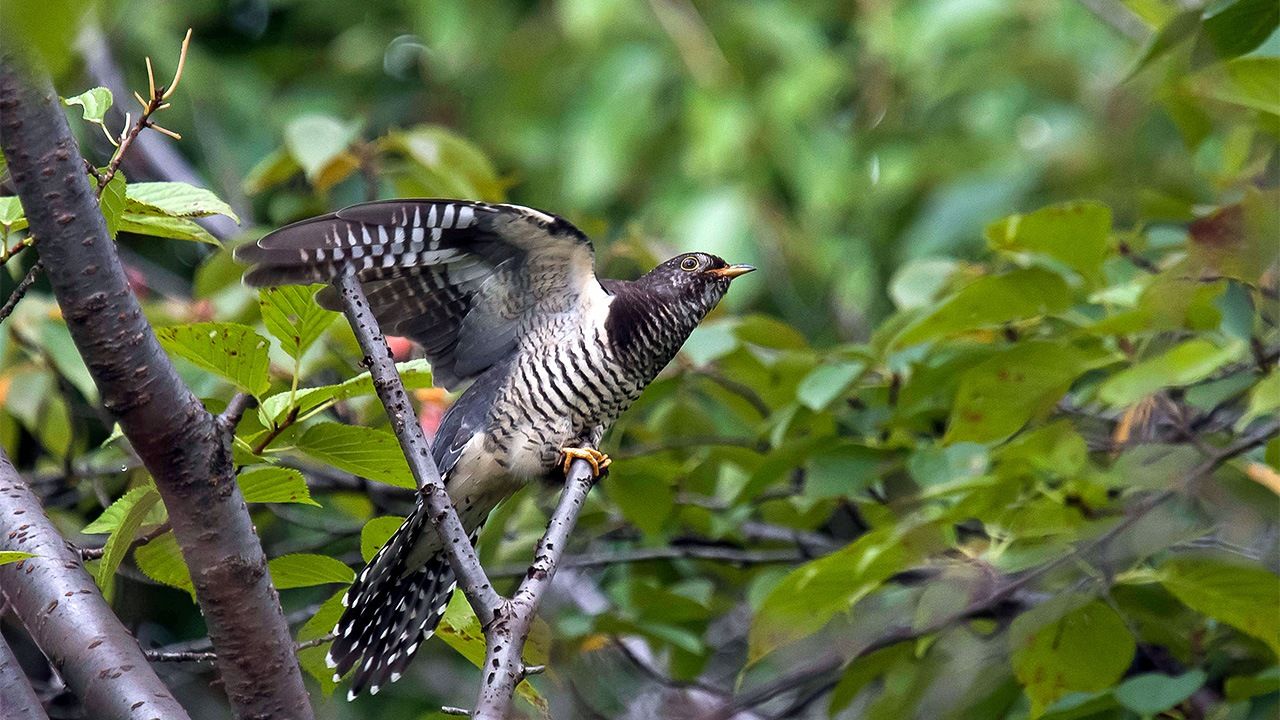
A Journey Through Japanese Haiku
The Cuckoo’s Haiku
Culture Environment Lifestyle- English
- 日本語
- 简体字
- 繁體字
- Français
- Español
- العربية
- Русский
ほととぎす啼や五尺の菖草 芭蕉
Hototogisu / naku ya go shaku no / ayamegusa
The cuckoo
cries—five shaku
of sweet flag(Poem by Bashō, written in 1692.)
This haiku by Bashō is based in part on an anonymous waka in the Kokin wakashū poetry anthology: Hototogisu / naku ya satsuki no / ayamegusa / ayame mo shiranu / koi mo suru kana (The cuckoo / cries—the fifth month’s / sweet flag / and the confusion / of love). The poem means roughly, “In the fifth month of the lunar calendar when cuckoos sing and sweet flag blooms, I feel the confusion of love.” There is a play on words with ayame mo shiranu, indicating “confusion,” and suggesting ayamegusa or “sweet flag.” With the first half, the poet establishes an image before expressing the irrationality of love in the second half.
The second source of inspiration is an old saying among composers of haiku that their poems should be written like water poured over a five-shaku sweet flag, a grass-like marsh plant whose leaves repel water and make for a delightful freshness. Shaku is a traditional measurement equivalent to about 30 centimeters, making the sweet flag in question around 1.5 meters tall.
Bashō takes the first half of the waka almost unchanged, altering only the “fifth month” (五月) to “five shaku” (五尺) to create what becomes a homage to the cuckoo, which is seen as composing its own delightful haiku.
(Originally published in Japanese. Banner photo © Pixta.)
literature haiku Matsuo Bashō Japanese language and literature